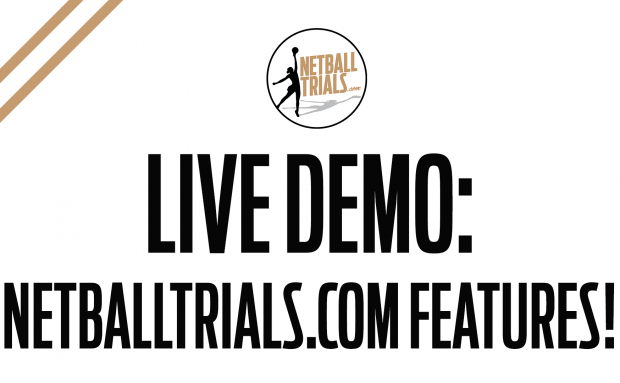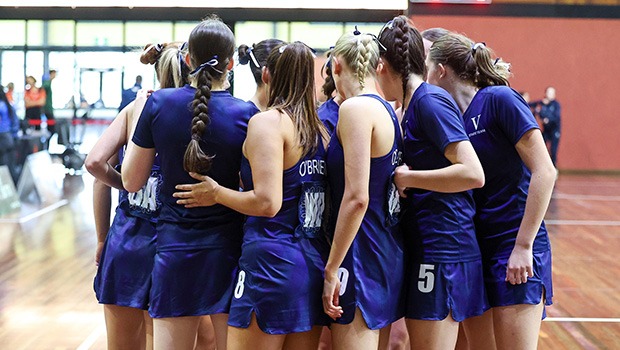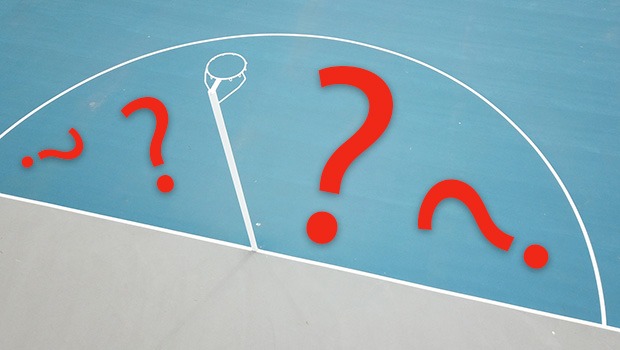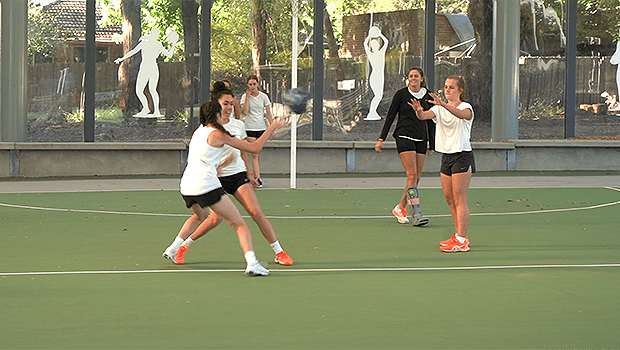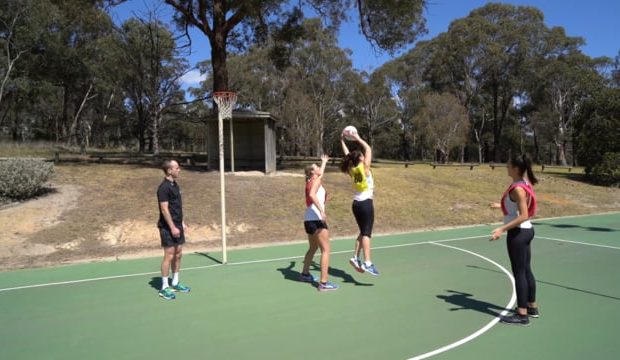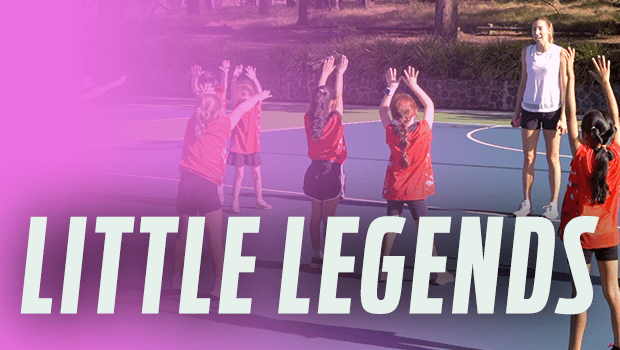– By Heath Brown
Regardless of whether you are finishing seasons atop the ladder, hovering in the middle, in and out of finals, or cellar dwelling with no finals prospects – every coach and committee needs to be thinking about the future of their team or club.
And not just next season, but the mid-term to long-term also. That means asking yourself, “Where will this team or club be in five years?”.
The big questions, then, are when to rebuild and how to rebuild. Let’s explore some ways to plan for this at a club or team level.
READY FOR THE SEASON? REGISTER HERE TO ACCESS ALL OF OUR COACHING VIDEOS
1. Playing to win or participate?
When embarking on a rebuild, committees need to be clear to coaches about their mission. This might differ by age group or team. Have you appointed them to select and coach a team that will deliver wins, which will require tough selection policies and, most likely, unequal court time? Or have you asked them to give equal participation and on-court development, with any wins just a bonus? Be clear with everyone about the team’s short-term and long-term purpose, and adjust your performance markers accordingly. For example, wins might not be important yet, but you would want to see tangible, measurable improvements from players and the team across a season.
2. Size up the build
Compile season statistics by player, by section of the court and by team. Identify where the losses are coming from. Is it a section of the court that needs to be rebuilt? If your team has been losing by big margins against all teams, it’s likely that you need a dramatic rebuild. But if they’re small losses within striking distance of the top teams, the team may not need a rebuild, just more time. Look for major patterns across a season and use them to size up how and to what extent you will rebuild your club or team.
3. Study other sports first
AFL teams such as Geelong and Sydney provide some great examples of how to do a rebuild well. In the modern game where many clubs go from top of the table to out of finals in the very next year, these two clubs in particular have had decade-long consistency. They do incremental, minor rebuilds. Other clubs, such as Richmond or the Western Bulldogs in recent years, had big rebuilds that took what seemed to be forever (I say this as a Tigers fan!). Try and evaluate which type of rebuild might be the best for you and your club. And don’t just look for the success stories – learn from the eternal underachievers as much as the leaders.
4. Healthy departures
We all have pride and don’t like being broken up with in sport! But we have to respect that players are occasionally going to make a grass is greener decision and move to another club. The classic here is the player you are developing who isn’t a starter, so a lesser like club picks them up as a starter right as you have them cooked and ready. Try to keep them, but if they jump, let them go in peace. How often have we seen kids tormented for leaving by grown adults? Accept it and focus your attention on the loyal athletes. That departing player has a lot more to lose than you do. If they leave on good terms, you may even get he crawl back next season when they realise how lucky they had it!
YOUR CLUB’S BEST RESOURCE: GRAB A MULTI-COACH SUBSCRIPTION HERE!
5. Attract talent, don’t buy it
On any sporting board I have sat or had an official role, we don’t buy players. Instead we attract players to the brand with a superior program. If you are financial and have some cash to throw at players, don’t pay the stars, share the cash around. If you don’t have enough to go around to each and every player, keep it banked and call on it when you have enough cash for all.
6. Be prepared to lose
Success doesn’t come overnight. Be prepared to lose some games and have some tough seasons as you blood youngsters, or develop new combinations. Stay patient and stay the course, with a view to the longer term vision.
7. Let fairweather friends go
Spot the symptoms of players who are fairweather friends – they’re always looking, they live to be chased, they’re easily influenced and they rarely show gratitude for what the club has done for them! Don’t fret when these players leave. You don’t want half-hearted players on your list no matter how good they are.
8. Champion departures
Liz Ellis left the game she loved with a World Cup or three and was still at the top of her game domestically and internationally. I carried this mantra into my playing career. As a player, we have all seen that older player who just can’t hang up the boots at the top of their game, and they end up as a shadow of their former self. So it’s important to have open and honest discussions with those players about where (and if) they’ll fit into your rebuild. Perhaps they can provide better value as a mentor for the youngsters coming through, rather than taking court time away from those kids that you’re trying to develop.
9. Coach transitions
There is no set length of time a coach should be at the helm. Transitions to new coaches should occur when team performance is plateauing or in decline over sustained seasons. And pick a good rebuild coach. For example, I know this type of scenario plays to my strengths as a coach, and it’s always these coaching gigs that I chase. But once the team is mature and settled, I know I either need to work with a more stable, robust and nurturing coach, or hand over the reins!
10. There’s something about teachers
One of the critical humanistic elements of a rebuild is how well a coach is able to build team and club culture, as well as those critical connections with players. With few exceptions, the best coaches that I have witnessed nail this are school teachers. They have amazing communication skills as coaches, they usually have impressive organisation skills as managers, and they command discipline and respect. If you’re unsure who to entrust your club’s and athletes’ development to, a teacher could be a good place to start.
Heath Brown is a former Australian men’s team captain, and has coached at the elite level in both Victoria and New South Wales. He is also heavily involved in corporate leadership.
